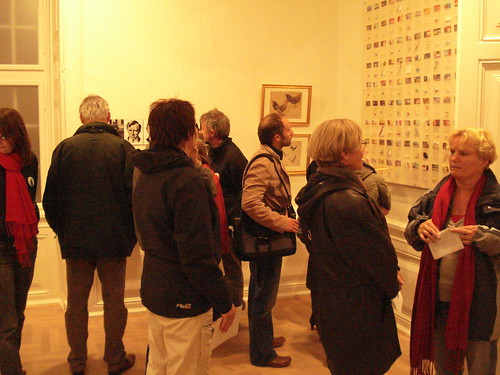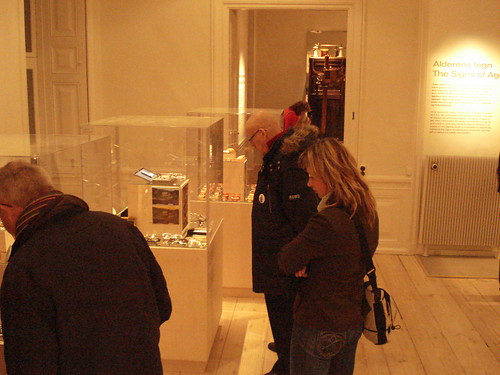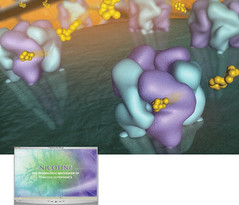One of my students wrote to me last week and said she was going to London and that she would take the opportunity to attend the event tomorrow evening arranged at the occasion of the publication of Jim Watson’s new book Avoid Boring People: Lessons From a Life in Science at the Dana Centre, and also buy a signed copy in the Wellcome Collection Blackwells bookstore earlier in the day. Having just read the Nature Network Boston blog editor’s report from a similar event with Watson at Harvard Square two weeks ago, and expecting yet another good read from his acerbic pen, I asked her to buy a copy for me too.
We may get our desired signed copies (see below) — but the evening event will come to nothing, because the Science Museum has just decided to cancel it with reference to Watson’s stupid remarks in the interview with The Sunday Times about the alleged inferior intelligence of Africans (see report in The Independent here). Here’s Science Museum’s press release:
We know that eminent scientists can sometimes say things that cause controversy and the Science Museum does not shy away from debating controversial topics. However, the Science Museum feels that Nobel Prize winner James Watson¹s recent comments have gone beyond the point of acceptable debate and we are as a result cancelling his talk at the museum this Friday. If people want to know about the science behind genetics and race, they can book onto other events looking at this at the Museum’s Dana Centre over the next year.
I believe Science Museum have made the right decision for wrong reasons. I certainly don’t subscribe to Watson’s opinions in the interview (he has a long track record for saying prejudiced and provoking things), but it would have been better to contradict him head-on at the event instead of cancelling it.






